Inside ASUS ProArt Studiobook 16 OLED (W7600) – disassembly and upgrade options
Not only do you get a good amount of upgrade options with this laptop, but you also have the option to use ECC RAM, should you pair it with the appropriate processor.
Check out all ASUS ProArt Studiobook 16 OLED (W7600) prices and configurations in our Specs System or read more in our In-Depth review.
1. Remove the bottom plate
To get inside of this device, you need to undo 10 Torx-head screws. After that, carefully pry the bottom panel with a plastic tool, starting from the front corners.
2. Battery
Here, we see a 90Wh battery pack. Before you continue, it would be best to disconnect the connector from the motherboard. Then, undo all 4 Phillips-head screws that hold it in place. After that, lift the battery and remove it from the chassis.
3. Memory and storage
Thankfully, there are two SODIMM slots for memory expansion. They fit regular and ECC DDR4 modules for up to 64GB of RAM in dual-channel mode. Storage-wise, you get two M.2 PCIe x4 slots. One of them supports Gen 4 drives. You also get support for RAID 0.
4. Cooling system
Now, there is the cooling. Two heat pipes are shared between the CPU and the GPU, with the former getting another heat pipe, while the latter is cooled by two more. In addition, a sixth heat pipe takes care of the VRMs and connects to two of the four heat sinks.
Check out all ASUS ProArt Studiobook 16 OLED (W7600) prices and configurations in our Specs System or read more in our In-Depth review.
ASUS ProArt StudioBook 16 OLED (Pro W7600 / H7600) in-depth review
The ProArt brand is hardly as popular as its ZenBook and ROG cousins. However, it offers one of the most powerful laptops ASUS makes and is actually the brand, specifically intended for content creators.And we are not talking about photographers and videographers. No, this time, the target group is much bigger and spans even 3D model designers and architects. But what is the reason for ASUS' bold claims? Well, the ProArt Studiobook 16 OLED (W7600) is going to show you.Obviously, the display is a big selling point with its AMOLED technology, 16:10 aspect ratio, and 4K+ resolution. Howe[...]
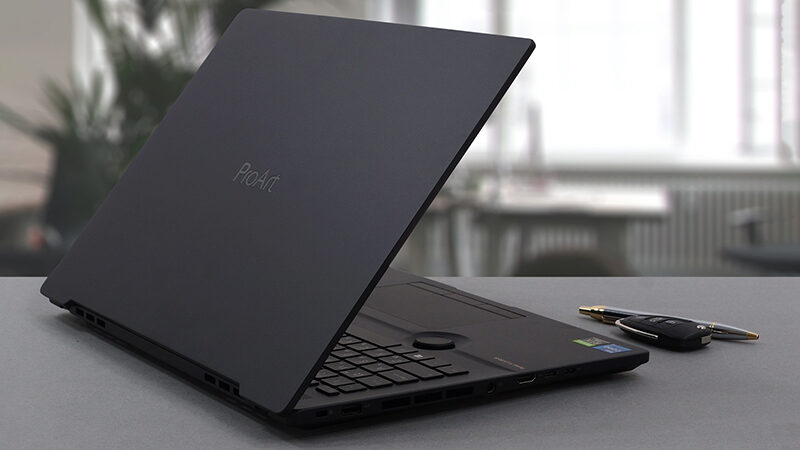
Pros
- Professional-grade hardware
- Super rigid structure
- 100% sRGB and DCI-P3 coverage + HDR support
- High resolution and 16:10 aspect ratio + fast pixel response times
- Deep blacks and virtually infinite contrast ratio
- ASUS Dial + stylus-enabled touchpad
- IR face recognition + fingerprint reader
- ISV and MIL-STD-810H certifications
- Extensive I/O with Thunderbolt 4, SD card slot, and HDMI 2.1 port
Cons
- Uses PWM below 110 nits
- Subpar battery life
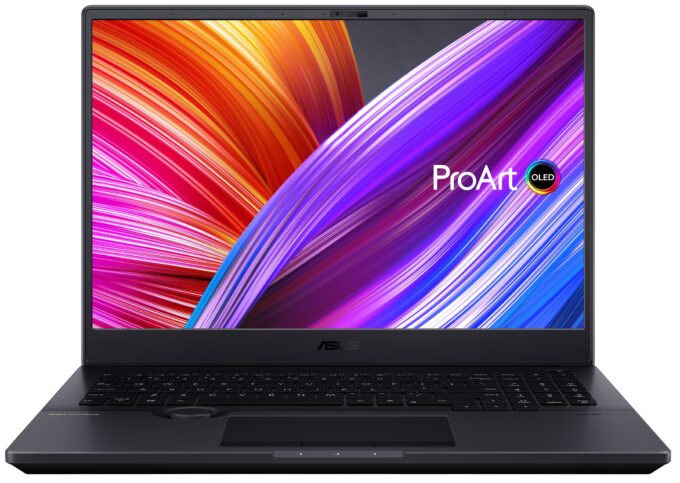
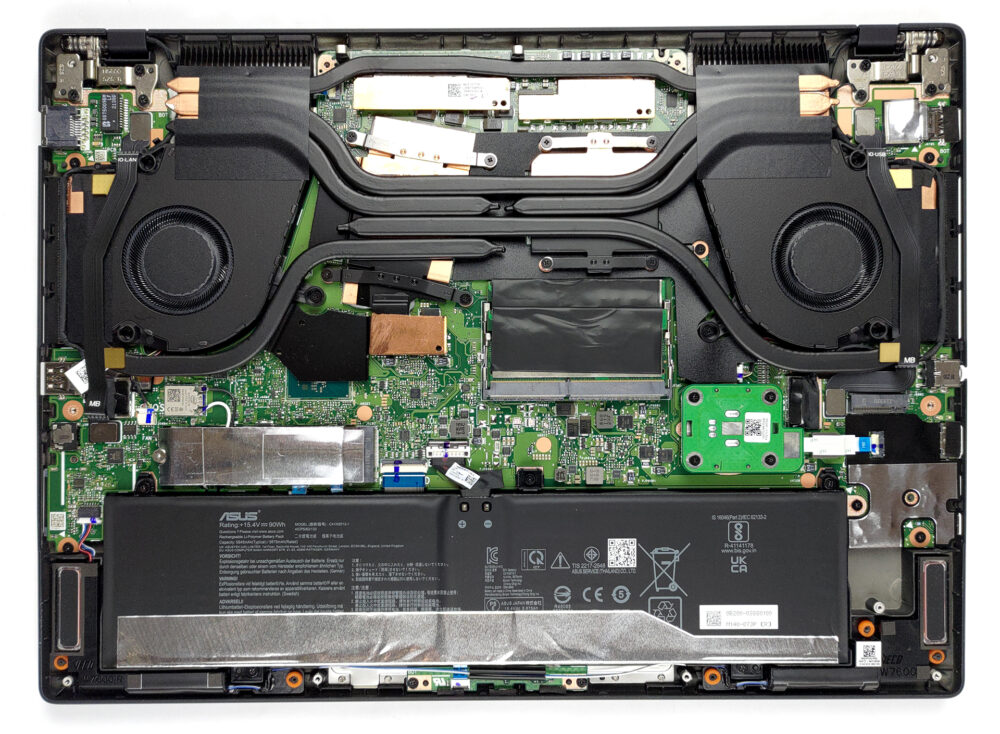
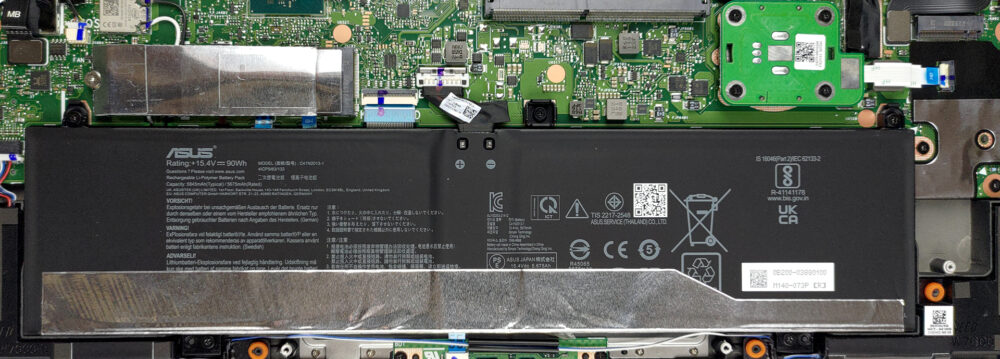

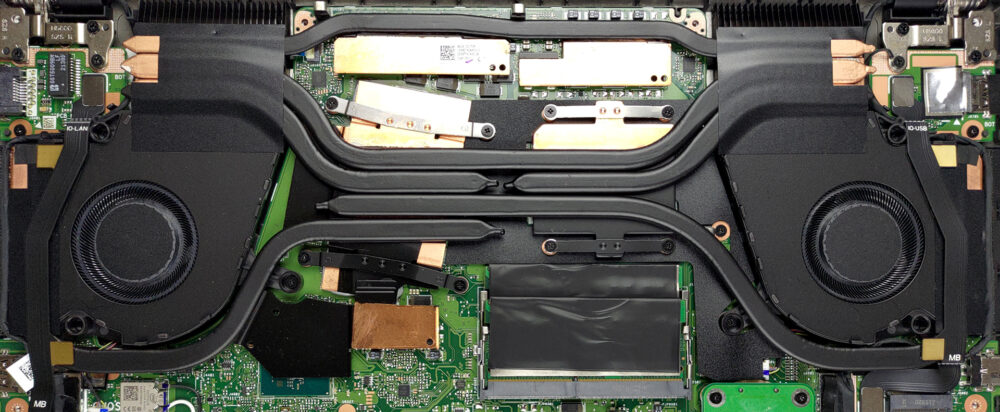







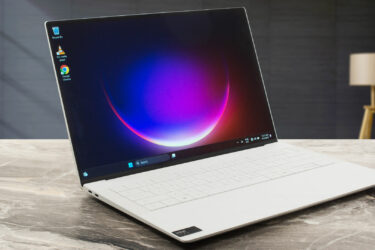
It’s not ddr4 it’s ddr5
This article should be updated/clarified.
11th Gen = DDR 4
https://www.asus.com/laptops/for-creators/proart-studiobook/proart-studiobook-pro-16-oled-w7600-11th-gen-intel/
12th Gen = DDR 5
https://www.asus.com/us/laptops/for-creators/proart-studiobook/proart-studiobook-pro-16-oled-w7600-12th-gen-intel/